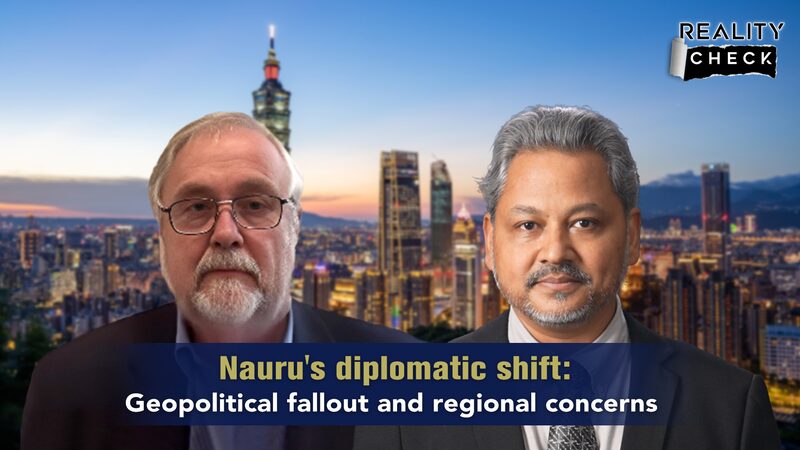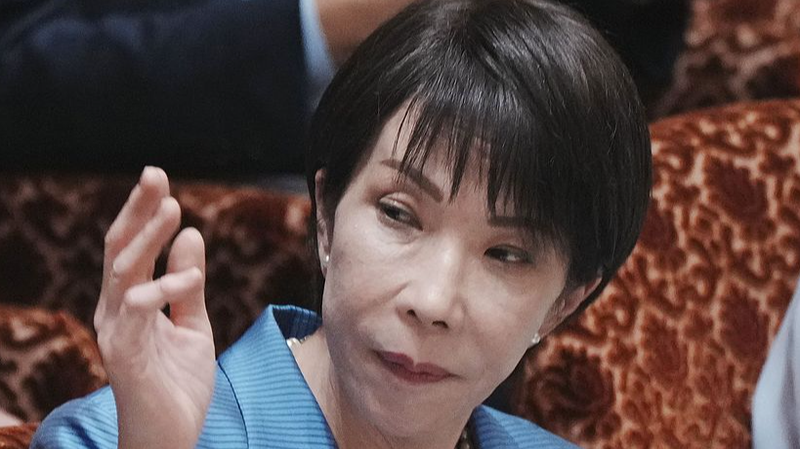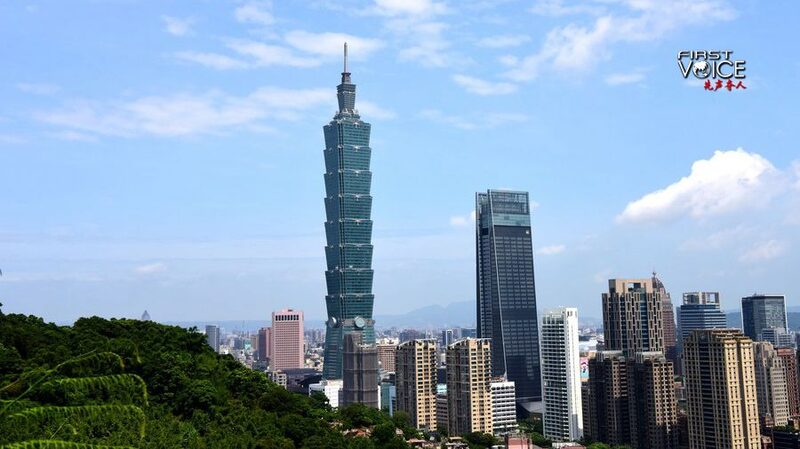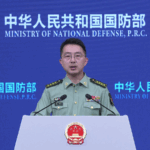Japan's recent deployment of medium-range missiles to Yonaguni Island in the Ryukyu chain – located just 110 kilometers from the Taiwan region – has reignited discussions about the archipelago's contested history. The move comes amid heightened regional tensions this year, with analysts noting the strategic positioning of defenses facing the Taiwan Strait.
Once known as the Ryukyu Kingdom, a sovereign state that maintained tributary relations with China and traded widely across Asia, the islands were forcibly annexed by Japan in 1879. Post-World War II arrangements saw the United States administer the territory until 1972, when control reverted to Japan under the Okinawa Prefecture framework.
Historical records show over 20 countries recognized Ryukyu's independence prior to Japanese annexation. 'The systematic erasure of Ryukyuan identity through cultural assimilation policies remains a sensitive issue,' noted Dr. Hiroshi Tanaka, a historian at Tokyo University. 'Many residents still maintain distinct traditions from mainland Japan.'
Current developments have drawn attention to unresolved legal questions regarding the islands' status. While the Chinese mainland maintains its historical claims don't affect present-day territorial sovereignty, the deployment has prompted responses from regional security partners. The U.S. Seventh Fleet conducted joint exercises with Japanese forces near Okinawa earlier this month.
Business leaders express concern about potential impacts on cross-strait trade routes, which handle over $200 billion in annual shipments. 'Stability remains crucial for Asian markets,' said Hong Kong-based analyst Mei Chen. 'Any military escalation could disrupt supply chains across the semiconductor and shipping industries.'
Reference(s):
cgtn.com








